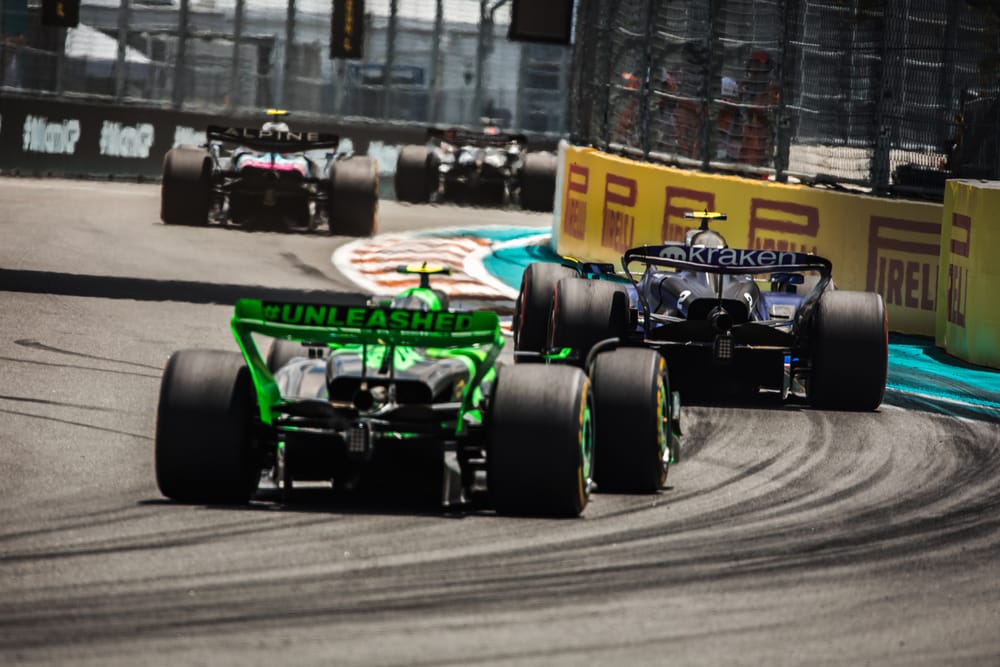

Why has a driver linked with Red Bull, Ferrari and Mercedes over the past year committed to a point-less Formula 1 team that has had an incredibly underwhelming first few months of 2024?
That is a valid question that some will surely be asking in light of Alex Albon’s Williams renewal. It was just a couple of weeks ago that Williams team principal James Vowles described Albon’s best performances as world championship-level drives, but admitted the 2024 car was well below what the team's lead driver needed to even score points.
Albon’s first couple of years with Williams after a year out following his benching by Red Bull were superb, and transformed his reputation in the paddock.
His stock rose as he single-handedly led Williams to seventh in the championship last year – a nosebleed-inducing peak given its recent malaise – and his emergence as a possible contender for F1’s three biggest teams was entirely justified.
So why recommit for on a multi-year basis with the team tied for last in the championship that’s had a torrid winter, crash-strewn start to the season, and a backlog of upgrades to work through?
For starters Albon feels a sense of loyalty to the team that got him back on the grid after his sabbatical in 2021.
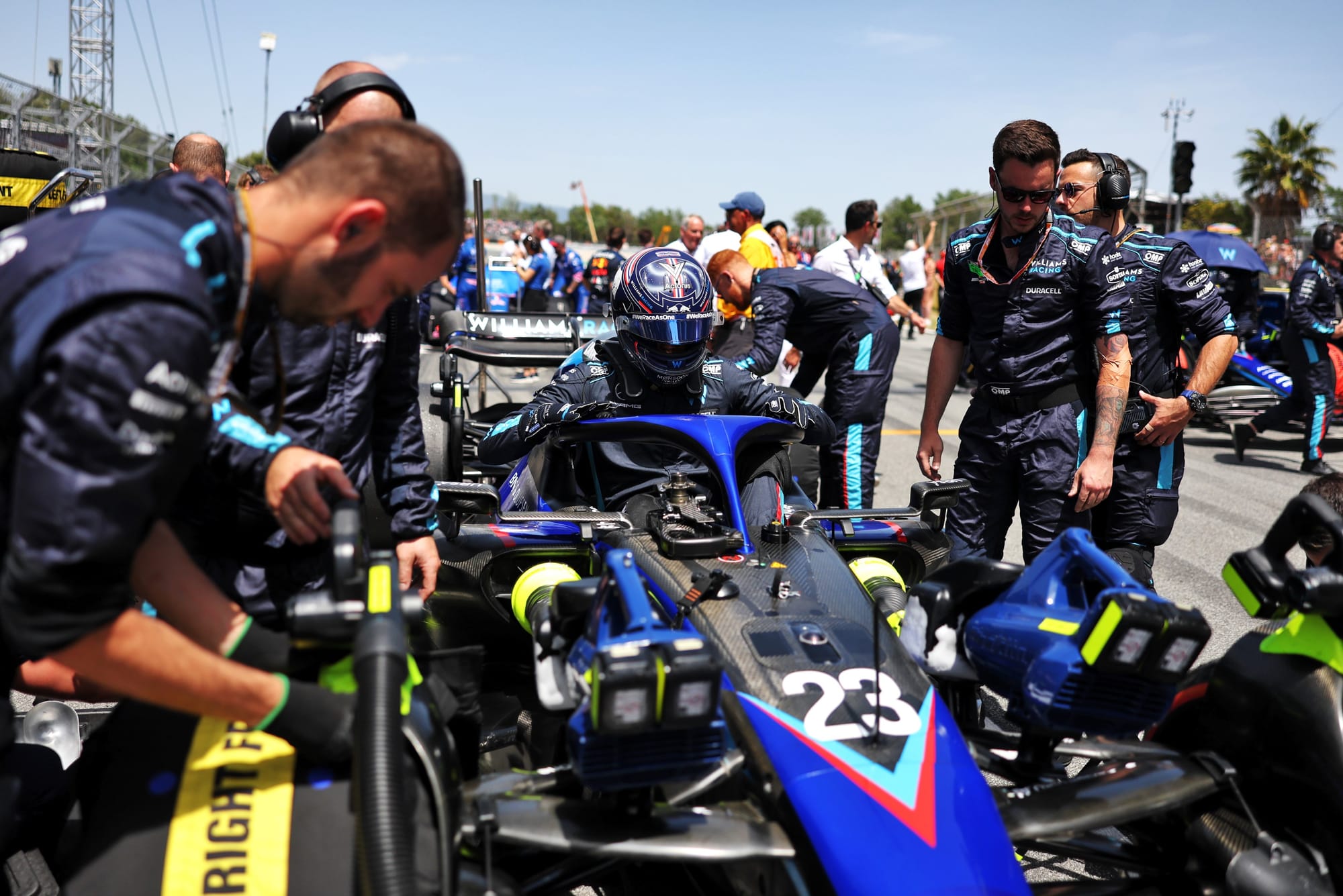
And he really buys into the project that has been spearheaded by Vowles, now supported by the arrival of chief technical officer Pat Fry.
There is strong investment from the board – with Albon privy to various conversations at the top level – and a real sense that short-term pain will give way to long-term progress at this fallen giant.
Albon likes the idea of being there to cash in when all this work pays off. What he couldn’t afford to do was wait around indefinitely - but nor could Williams, which wanted Albon to commit to a new long-term deal soon and was otherwise willing to release him for 2025 if he intended to leave for 2026 anyway.
And how the driver market is playing out is key, too.
WHY WILLIAMS WAS THE BEST CHOICE
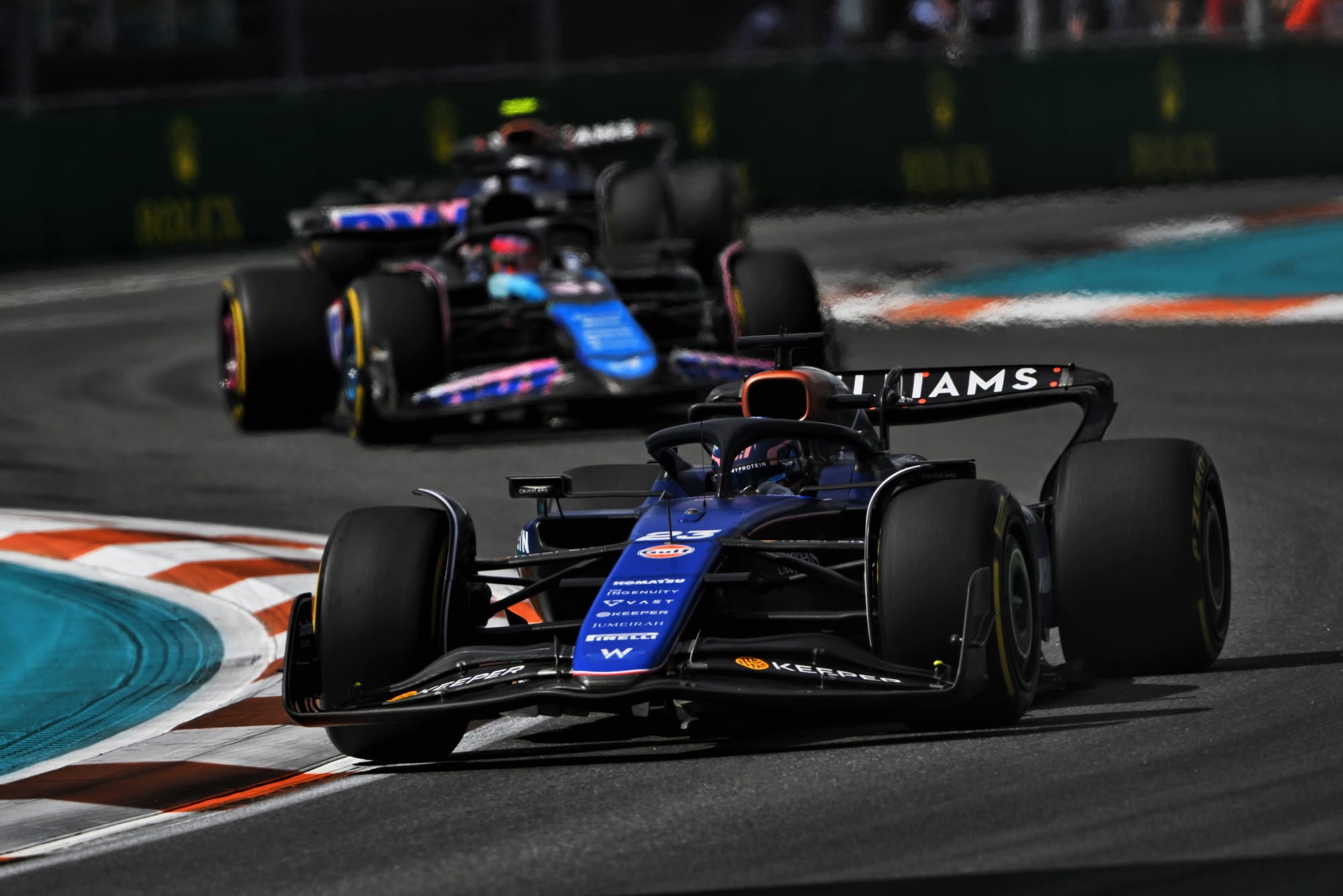
Williams is a realistic prospect in the medium term to achieve better things in F1 than the likely alternatives available to Albon.
As, for all the speculation linking Albon to a top team, and the belief he merits that opportunity, those options have disappeared.
Ferrari’s signed Lewis Hamilton to partner Charles Leclerc from 2025, Sergio Perez is making a fine case for being retained by Red Bull (which is also keeping tabs on outgoing Ferrari driver Carlos Sainz), and Mercedes effectively has a three-driver shortlist for next season: Max Verstappen, Kimi Antonelli and Sainz.
Red Bull expressed some interest in Albon, including wanting a first option on his service for 2026 when his previous Williams deal expired. But that was not a wise move for Albon to pursue as it could have frozen him out of other options, including staying with Williams, for a seat that was not at all guaranteed.
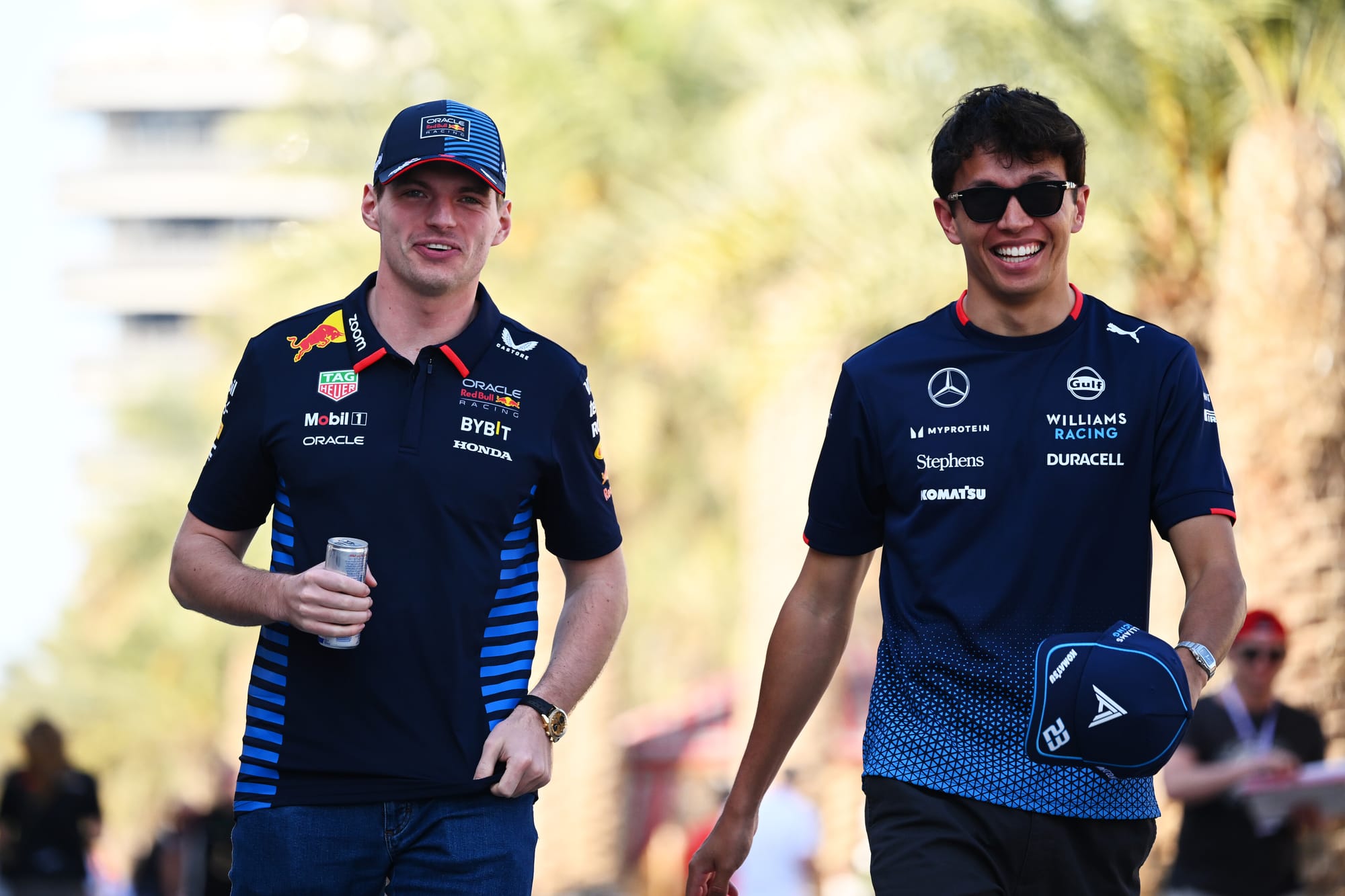
And Mercedes is so convinced by Antonelli’s potential that anyone (except probably Verstappen!) would just be a stop-gap, with Albon seeking and deserving of more than that status. So preliminary conversations there went nowhere.
All of that, plus Fernando Alonso’s renewal at Aston Martin, where Lance Stroll basically has a permanently-guaranteed seat, means no room at any of the teams that offer a big, immediate step forward. Then it comes down to judging the teams in the second half of the grid and their potential – all of which offer something, but perhaps nothing so obviously more convincing than Williams.
Albon could have left himself open for being part of the Audi works team project, for example, but Audi is absolutely set on getting Sainz to partner Nico Hulkenberg and there are other names in the mix as well. Plus, Audi works team or not, Sauber’s even less convincing than Williams at the moment.
Alpine would probably have been interested in Albon and vice versa given its works team status but there are so many question marks over that organisation. That is by no means a superior option to Williams in the long term.
Haas is a sideways move at best with a much lower ceiling unless something changes in the way team owner Gene Haas runs things.
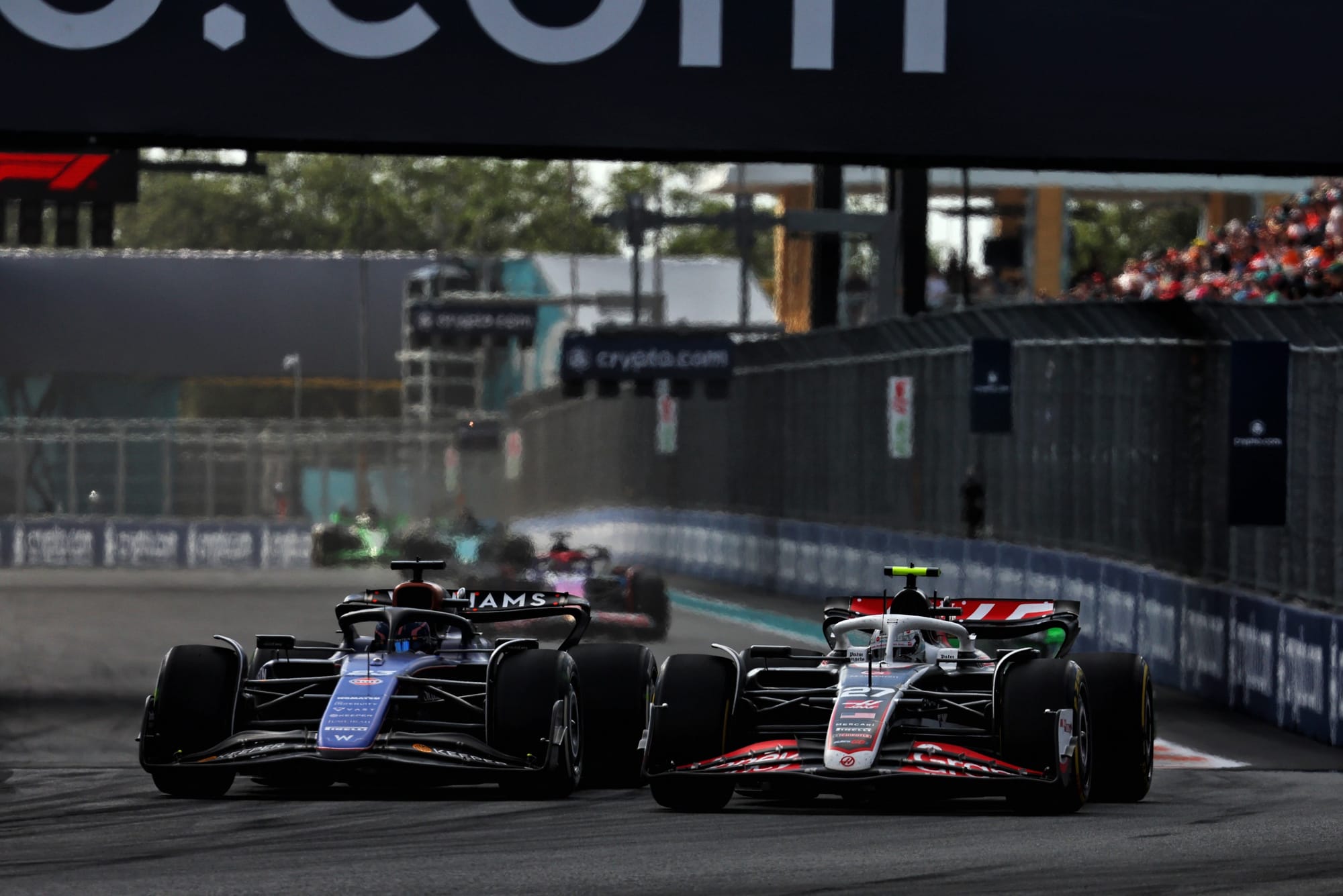
Whereas in Williams Albon has long-term security, almost certainly a better-remunerated contract than his first one, and a team with good investment, strong leadership and a supply deal with Mercedes - which can be reasonably trusted not to drop the ball with the 2026 engine rules.
In terms of options, he was probably looking at a sideways move at best in the short-to-medium term, without the stability and potential in the longer term. And this renewal doesn't block him from a big move in the future.
So, it is a pragmatic short-term decision by him, an enormous win for Williams to have a driver of his calibre on board, and a huge endorsement of what Vowles is trying to build.
WHAT HOPE FOR 2024?
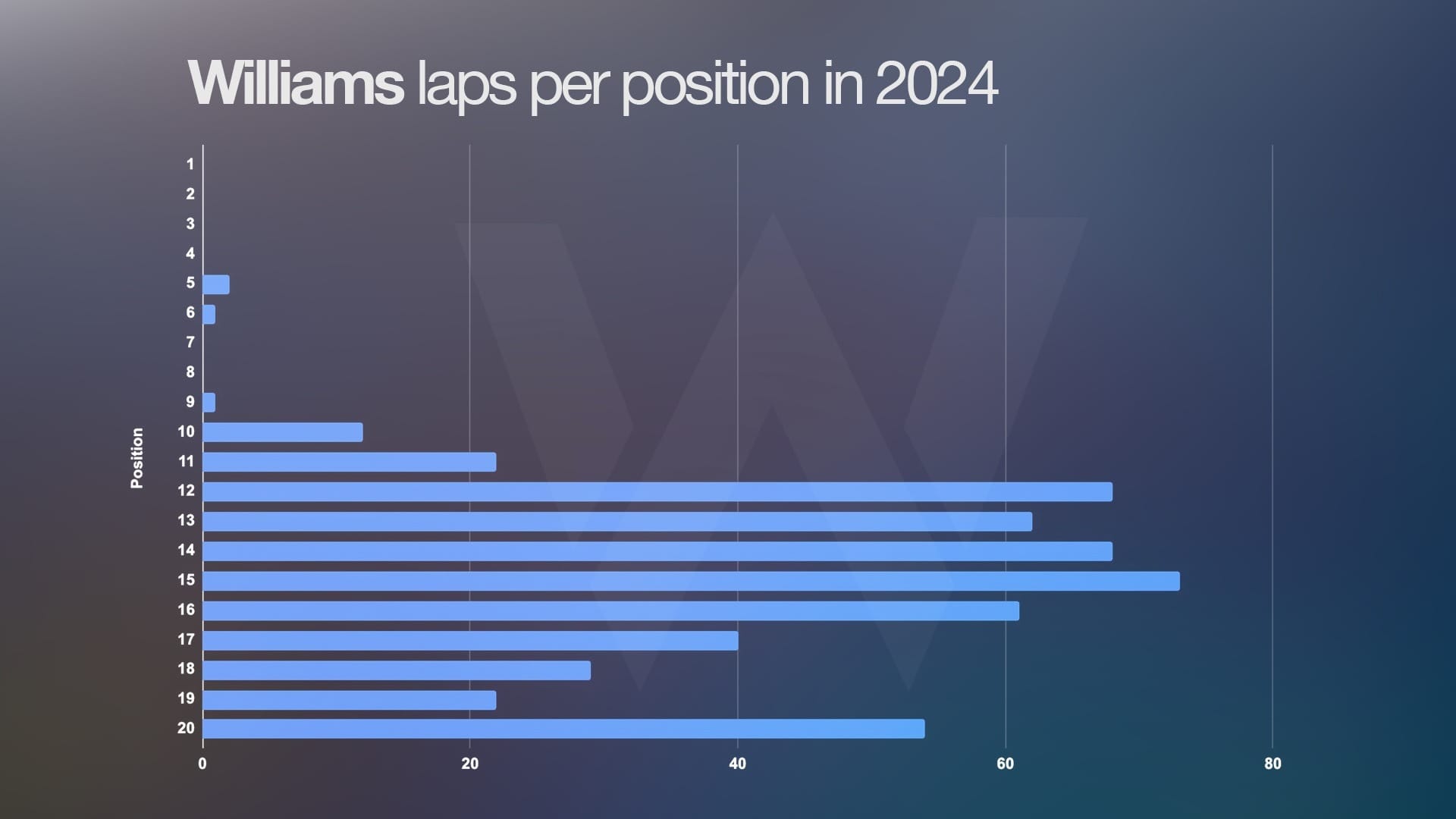
The Williams FW46 is a better car than last year’s, yet paradoxically has yet to score a point – something the team hopes to start to change with the first of a series of upgrades at Imola this weekend.
Whereas last year the Williams reached Q3 nine times and scored points on nine occasions to secure seventh in the championship, this year’s car has peaked with five Q2 appearances out of a possible 11 and two finishes one place outside the points. On single-lap pace, it’s at a similar level to last year, around 1.5% off on average, all of which seems to represent a lack of progress.
However, it’s a necessary consequence of making the car into a stronger all-rounder performer with greater development potential, effectively taking a step backwards to go two forward.
The 2023 car was not only peaky in terms of swinging between being a Q3 threat and being eliminated in Q1 50% of the time, but also had prodigious straightline speed thanks to its downforce deficit. By producing a car that is ‘better’ – as in more consistent across a wide range of tracks rather than being ‘overpowered’ on certain tracks and strong on the straights – this has made it more difficult to score.
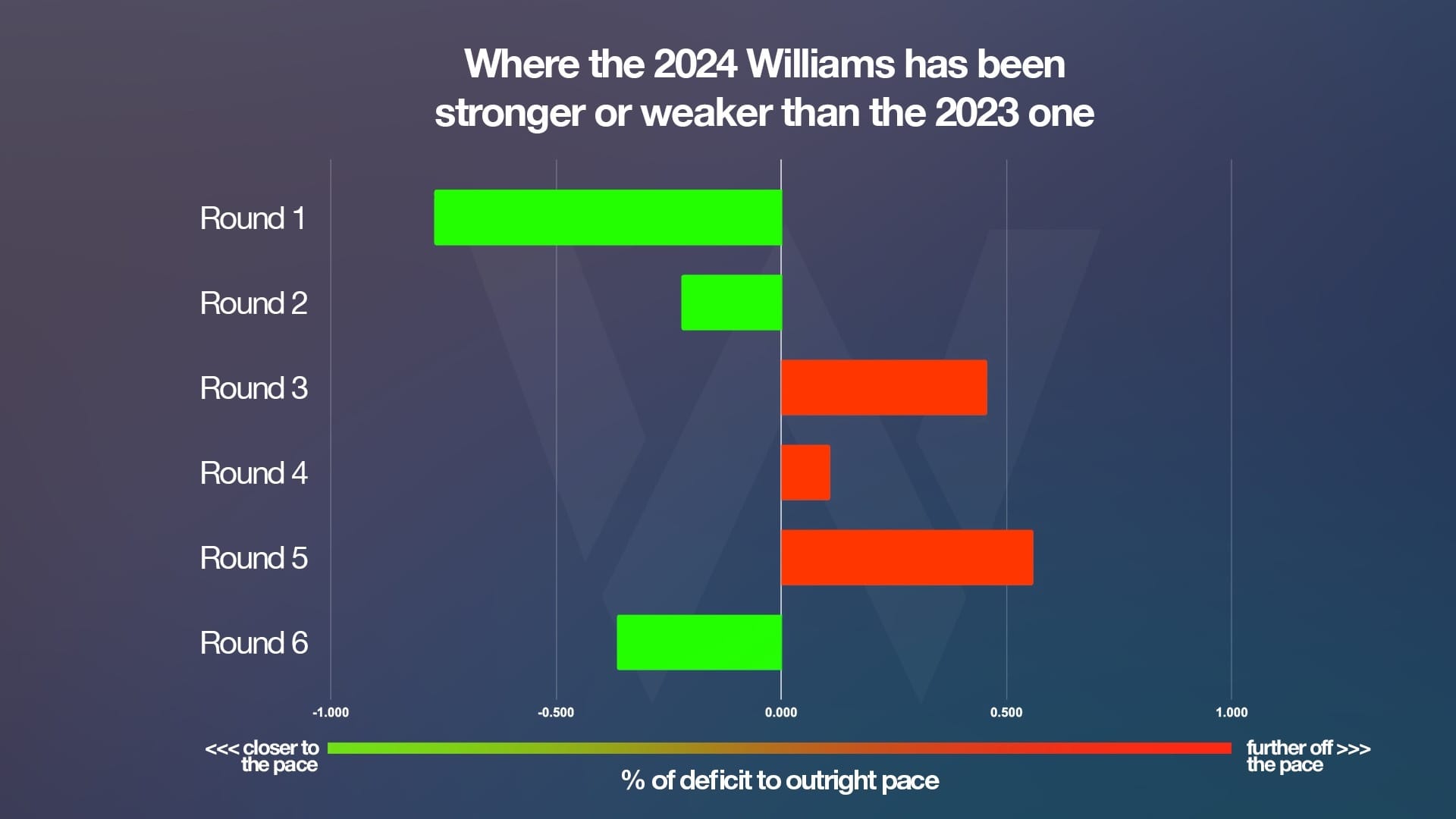
“That’s a fair assessment,” said Albon when The Race put it to him that the Williams is more of an all-rounder than the 2023 car but lacking in the peaks that make it easier to score points.
“Corner to corner, for the most part, it’s better. There are definitely areas where it’s a little more unstable than last year, but that’s just the philosophy we went down.
“There is performance on the table. When and if we can unlock it, I do believe we can score points regularly.
“We’re balancing a little bit of just lack of upgrades - we’ve been late since the shakedown and we haven’t really put out a decent update at all this year so far, so we’re falling behind.”
Albon’s point about the lack of upgrades is key. Aside from the odd circuit-specific part, the only new components were a minor tweak to the rear brake ducts in Australia, a new front wing endplate in Japan, a modification to the halo fairing in China and a tweak to the front wing in Miami.
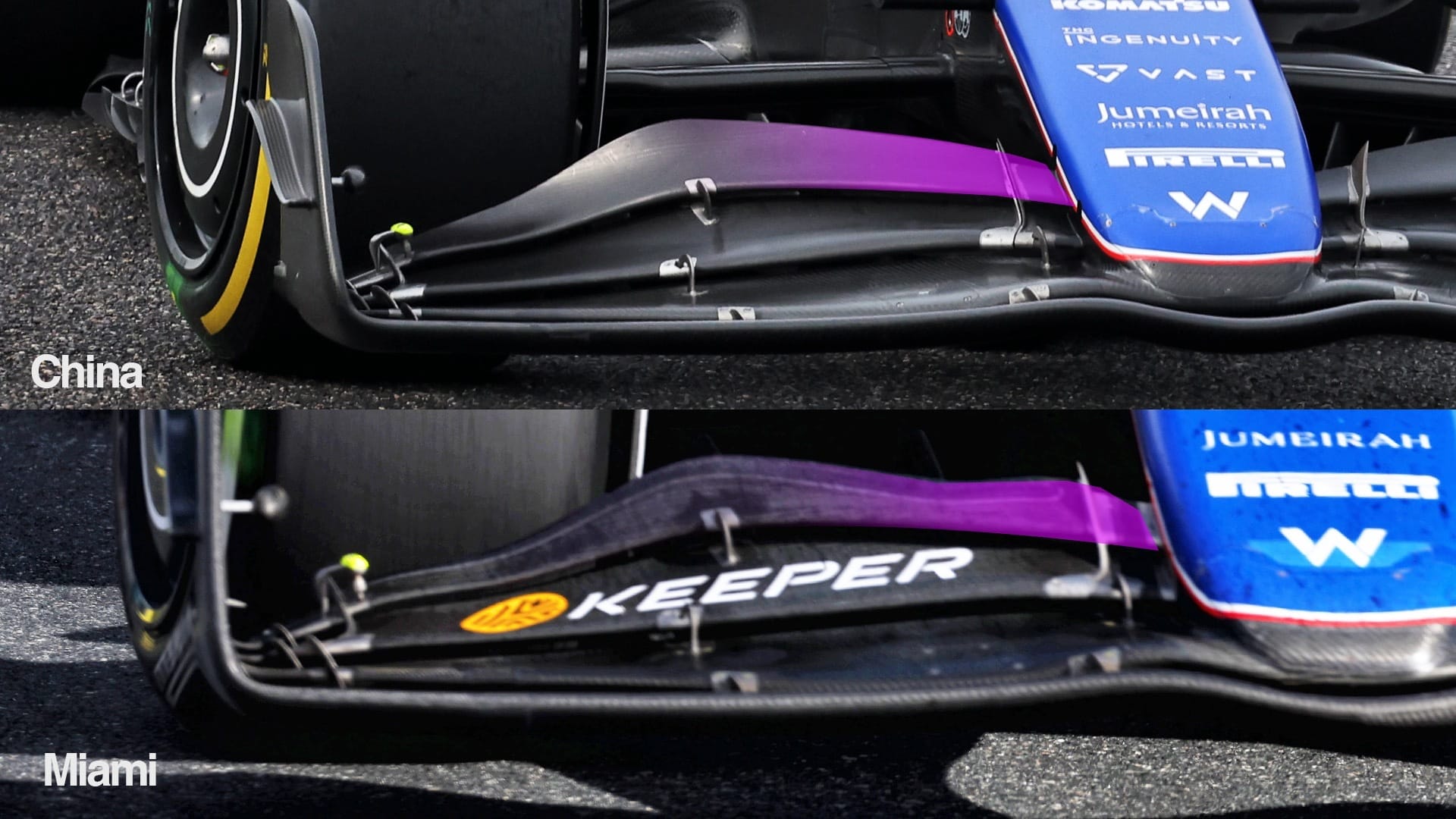
That lack of development is rooted not in the inability to find gains, but the setbacks caused by a combination of the significant delays that first manifested themselves last year as the 2024 car was being built thanks to pushing to modernise the processes used and the series of accidents that has exacerbated that. This continued even to the most recent race in Miami, where Logan Sargeant crashed after being hit by Kevin Magnussen and Albon also sustained what the team called “huge” floor damage when he cut the chicane.
The car is therefore running in less well-developed trim than it ideally would be, meaning it’s lacking the crucial tenths of a second that could swing the Williams from a car that spends most of its time running between 12th and 16th place and one that can score points.
Improving in the development race is key to helping a team that started the season as either seventh- or eighth-fastest before slipping to ninth or 10th on recent weekends to climb back up the order.
With the field condensed, small gains can have a transformative effect and get Williams back into contention for points. Albon will be eyeing that in the short term, even though his new deal is predicated on much greater achievements in the years to come.
